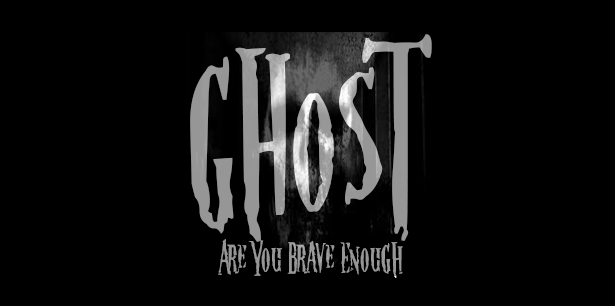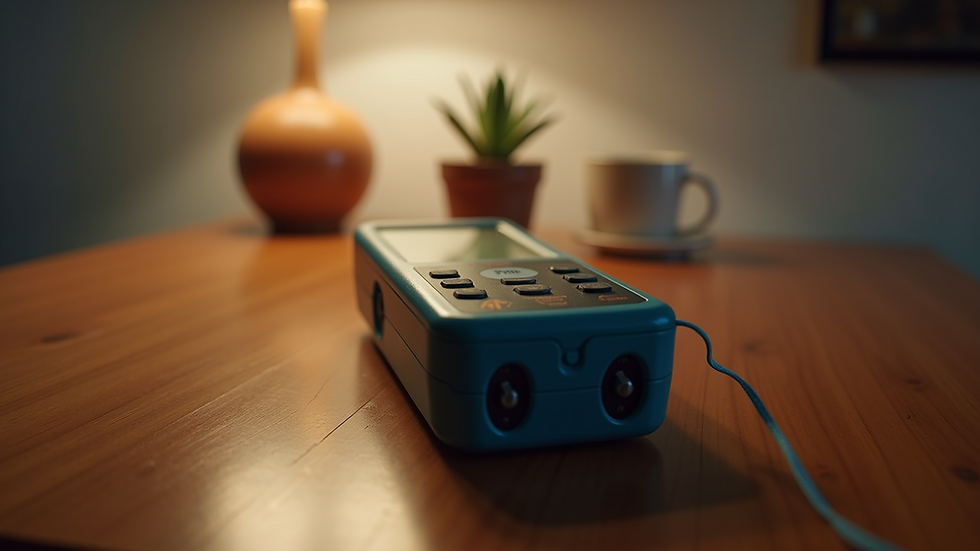Paranormal activity has fascinated people for centuries. Stories of ghosts, spirits, and unexplained phenomena have been passed down through generations. But what exactly is paranormal activity? It refers to events or experiences that seem to defy scientific explanation. These can include strange noises, objects moving on their own, or eerie sensations that cannot be easily explained. Many people are curious about these mysteries and seek to understand what lies beyond the ordinary world.
Understanding Paranormal Activity: What Does It Mean?
Paranormal activity covers a wide range of phenomena that are often linked to the supernatural. This can include hauntings, poltergeists, apparitions, and other unexplained occurrences. People who experience paranormal activity often report feelings of unease, cold spots, or seeing shadowy figures. These experiences can happen in homes, old buildings, or even outdoor locations.
One common example is a haunted house where residents hear footsteps or doors creaking without any apparent cause. Another example is electronic devices malfunctioning inexplicably during these events. Understanding paranormal activity requires an open mind and a willingness to explore beyond conventional explanations.

How Paranormal Activity Is Investigated
Investigating paranormal activity involves a combination of scientific tools and intuitive methods. Experts use equipment such as EMF meters, infrared cameras, and audio recorders to detect unusual energy or sounds. These tools help capture evidence that might otherwise go unnoticed.
Paranormal investigations often take place in locations with a history of strange occurrences. Investigators document their findings carefully, looking for patterns or repeatable phenomena. They also interview witnesses to gather firsthand accounts.
If you are interested in learning more about how these investigations are conducted, you can explore detailed reports and guides on paranormal investigations.

Is There Any Evidence of the Paranormal?
The question of whether there is concrete evidence of paranormal activity remains a topic of debate. While many people claim to have experienced or witnessed paranormal events, scientific proof is elusive. Some recorded phenomena, such as unexplained sounds or images, can often be attributed to natural causes or equipment errors.
However, there are cases where evidence appears compelling. For example, Electronic Voice Phenomena (EVP) are sounds found on audio recordings that some interpret as spirit voices. Similarly, unexplained temperature drops or sudden changes in electromagnetic fields have been documented during investigations.
Skeptics argue that these occurrences can be explained by psychological factors or environmental influences. Believers maintain that the evidence points to something beyond our current understanding. Regardless, the search for proof continues to inspire curiosity and further research.

Practical Tips for Exploring Paranormal Activity Safely
If you want to explore paranormal activity yourself, it is important to approach it with caution and respect. Here are some practical tips:
Research the location - Learn about the history and any reported paranormal events.
Use proper equipment - Basic tools like a flashlight, camera, and audio recorder can be helpful.
Stay in a group - Never investigate alone for safety reasons.
Keep an open mind - Be prepared for natural explanations as well as unexplained ones.
Respect the environment - Avoid damaging property or disturbing residents.
By following these guidelines, you can have a meaningful and safe experience while exploring the unknown.
The Ongoing Fascination with Paranormal Activity
The allure of paranormal activity lies in its mystery and the possibility of something beyond our everyday reality. Whether you are a sceptic or a believer, the stories and investigations offer a glimpse into the unknown. Advances in technology continue to provide new ways to explore these phenomena, keeping the fascination alive.
Many people find comfort or excitement in the idea that there is more to the world than meets the eye. Paranormal activity challenges our understanding and invites us to question what is possible. As research and investigations continue, the mysteries of the paranormal remain an intriguing part of human culture and curiosity.










